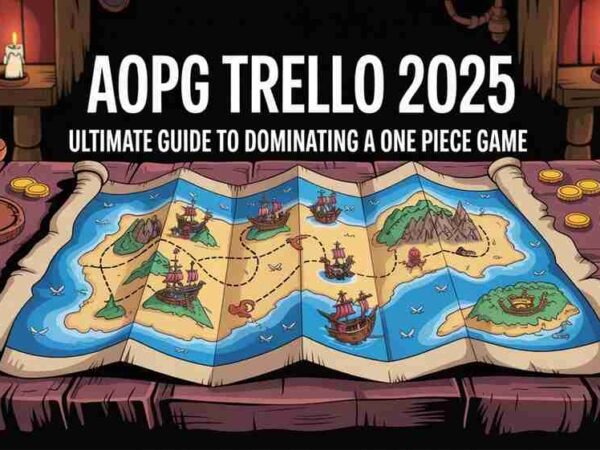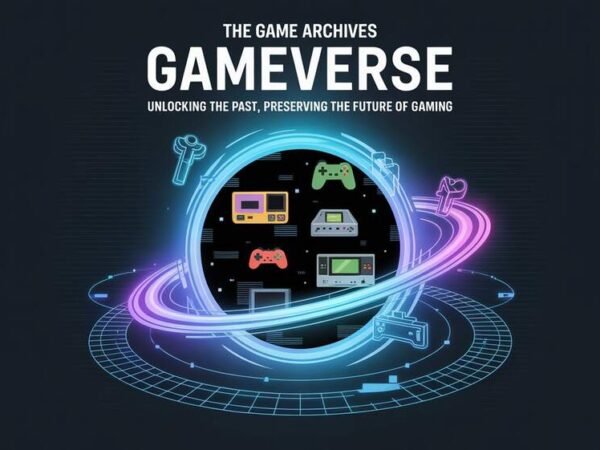“Halo: Combat Evolved” (2003) is more than just a game; it’s a cornerstone of gaming history. While its gameplay and story are often celebrated, the game’s visual elements—particularly its game icons and banners—play a crucial role in its enduring legacy. These elements are not merely decorative but essential to the game’s identity, influencing the gameplay experience and the broader gaming culture. This article explores the legacy, design, and impact of the “Halo (2003) game icons banners.”
The Legacy of Halo (2003) Game Icons Banners
Halo (2003) introduced a visual language that has become synonymous with the series and has left a lasting imprint on the gaming industry. The icons and banners designed for the game were not just functional; they were imbued with meaning and carefully crafted to resonate with players on a deeper level.
The most iconic of these is undoubtedly the Master Chief’s helmet. This symbol is more than just a representation of the protagonist; it embodies the courage, resilience, and mystery that define the character. Over the years, this icon has become a cultural symbol, recognized even by those who may not be familiar with the game itself.
Another significant icon is the Halo ring. This visual represents a critical plot element and encapsulates the duality of creation and destruction—a theme central to the game’s narrative. The Halo ring’s design, with its sleek, metallic finish and imposing structure, reflects the advanced yet ominous technology that pervades the game’s universe.
The UNSC and Covenant symbols further enhance the game’s lore. These icons represent the two opposing forces within the game, with each design reflecting the unique characteristics of the factions. The UNSC logo, featuring a stylized eagle and globe, conveys humanity’s determination and military prowess, while the Covenant’s intricate insignias suggest an ancient and formidable alien alliance.
Design Philosophy Behind Halo (2003) Game Icons Banners
The design of Halo (2003) game icons and banners is rooted in a deep understanding of the game’s themes and the need for instant visual recognition. The designers drew inspiration from various sources, including military insignia, classic science fiction art, and futuristic technology. This blend of influences resulted in a visual style that is both familiar and forward-looking, perfectly aligning with the game’s setting in a distant, war-torn future.
Color plays a crucial role in the design of these icons and banners. The game predominantly uses dark greens, steel grays, and deep blues—colors that evoke a sense of military discipline and otherworldly mystery. These colors are aesthetically pleasing and immerse players in the game’s universe, reinforcing the mood and tone of the narrative.
The banners, on the other hand, serve as larger canvases that encapsulate the essence of the game. Whether it’s a banner showcasing the sprawling landscapes of alien worlds or one that highlights the intensity of battle, each design is meticulously crafted to draw players into the game’s epic storyline. The use of dramatic compositions and dynamic poses further enhances the storytelling aspect of these banners, making them more than just background art but integral components of the game’s narrative delivery.
The Role of Game Icons in Enhancing Player Experience
In Halo (2003), game icons are not merely decorative but functional elements that enhance the player’s experience. Clear, easily recognizable icons are crucial in helping players navigate the game’s complex environments and mechanics. For instance, the Master Chief’s helmet icon instantly signals the protagonist’s presence, while the Halo ring icon often marks significant narrative moments or locations.
These icons also serve to reinforce the game’s themes. For example, the UNSC and Covenant symbols are not just faction markers; they are visual representations of the game’s underlying conflict. The stark contrast between the two sets of icons—one grounded and aggressive, the other ornate and alien—underscores the clash of civilizations at the heart of the game.
Furthermore, the simplicity and clarity of these icons ensure that they are effective even on the low-resolution screens of the original Xbox. As gaming technology has evolved, these icons have been adapted to higher resolutions without losing their impact, demonstrating the timelessness of their design.
Thematic Elements in Halo Banners
Halo (2003) banners are more than just aesthetic enhancements; they are thematic tools that deepen the narrative experience. Each banner is designed to evoke a specific emotion or convey a particular story element. For example, banners depicting vast, alien landscapes highlight the game’s expansive setting and evoke a sense of awe and adventure, inviting players to explore the unknown.
Banners play a crucial role in team identity and morale in multiplayer modes. The red and blue flags, representing opposing teams, are designed for instant recognition, helping players quickly identify allies and enemies in the heat of battle. This visual clarity is essential for maintaining the fast-paced, competitive nature of the game.
Achievement banners also contribute to the game’s replay value. These banners, which appear upon completing specific tasks or milestones, provide players with a tangible sense of accomplishment. The designs of these banners often include elements that reflect the nature of the achievement, whether it’s overcoming a challenging enemy or exploring a hidden area, further immersing players in the game’s world.
Influence on Modern Game Design
The impact of Halo (2003) game icons and banners extends far beyond the Halo franchise itself. The game’s approach to visual design has influenced numerous other titles, particularly in science fiction and military-themed games. The clean, futuristic aesthetics combined with profound lore and symbolism set a new standard for game design, encouraging other developers to create more meaningful and integrated visual elements.
For instance, games like “Destiny” and “Mass Effect” have drawn inspiration from Halo’s use of icons and banners to build their own visual identities. The consistency and thematic coherence seen in Halo’s designs have become benchmarks for other games aiming to create immersive, believable worlds.
Moreover, the success of Halo’s visual elements has proven the importance of strong, recognizable icons and banners in marketing and branding. The Master Chief’s helmet, for example, has become one of the most recognizable symbols in gaming, used extensively in promotional materials to build hype and attract new players.
Community Contributions and Fan Creations
The Halo community has significantly expanded the legacy of the game’s icons and banners. Fans have created countless pieces of artwork, from digital illustrations to physical replicas, that pay homage to the original designs. These fan creations not only celebrate the game’s visual aesthetics but also demonstrate the players’ deep connection to the Halo universe.
Fan-made icons and banners often put unique spins on the original designs, adding new layers of interpretation or highlighting different aspects of the game’s lore. This creativity has helped keep the Halo series alive in the hearts of players, even during periods between official releases. The active engagement of the community has been instrumental in sustaining the game’s popularity and cultural relevance.
The Future of Game Icons and Banners
As technology continues to advance, the design of game icons and banners is likely to evolve as well. Future trends may include more dynamic and interactive elements, leveraging advancements in animation and AI-driven design to create visuals that respond to player actions in real time.
Personalization is another potential trend, with future games allowing players to customize icons and banners to reflect their individual gaming experiences and preferences. This would enhance player engagement and add a new level of depth to the game’s visual storytelling.
However, even as these new technologies emerge, the core principles that made Halo (2003) game icons and banners so compelling—clarity, thematic consistency, and deep symbolism—will likely remain central to successful game design. The legacy of Halo’s visual elements will continue to influence the industry, inspiring future generations of designers to create icons and banners that are as meaningful as they are visually striking.
Conclusion
The “Halo (2003) game icons banners” are more than just visual elements; they are integral to the game’s identity and narrative. From the iconic Master Chief’s helmet to the dramatic landscapes depicted in banners, these designs have left an indelible mark on gaming. As we look to the future, the influence of Halo’s design innovations continues to inspire and shape the industry, ensuring that the legacy of these iconic visuals will endure for years.
Do Read: Minecraft: Bedrock Edition (2011) Game Icons Banners












